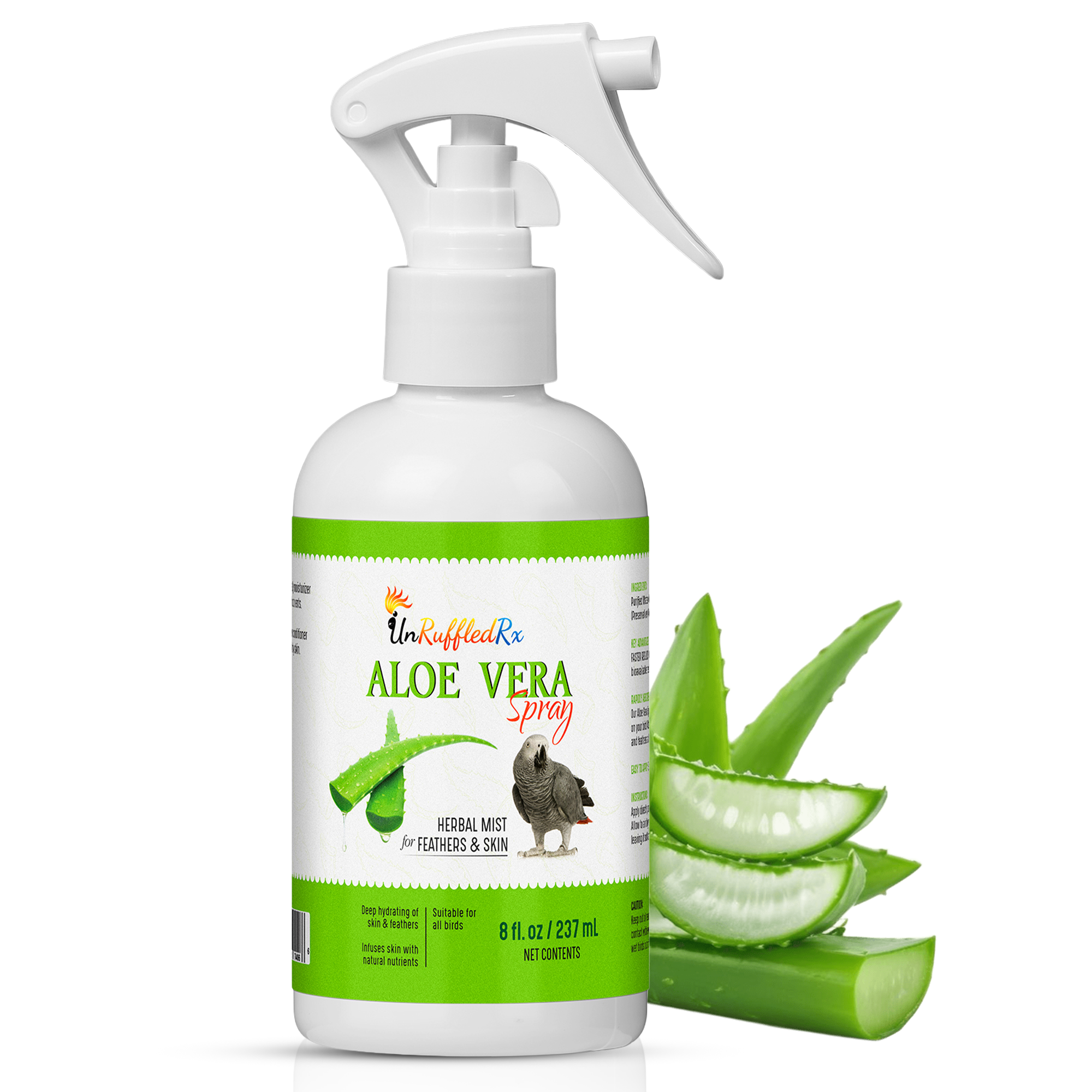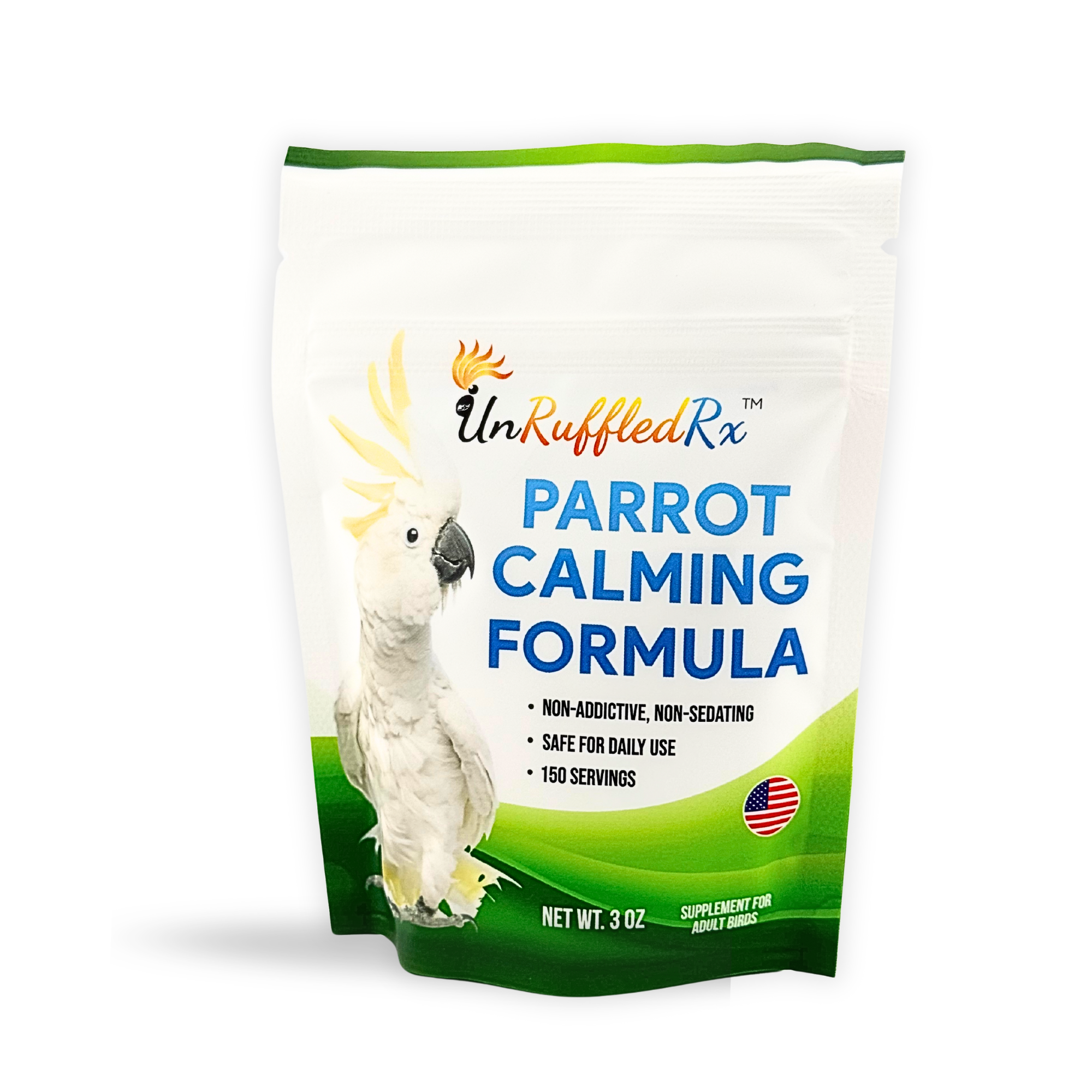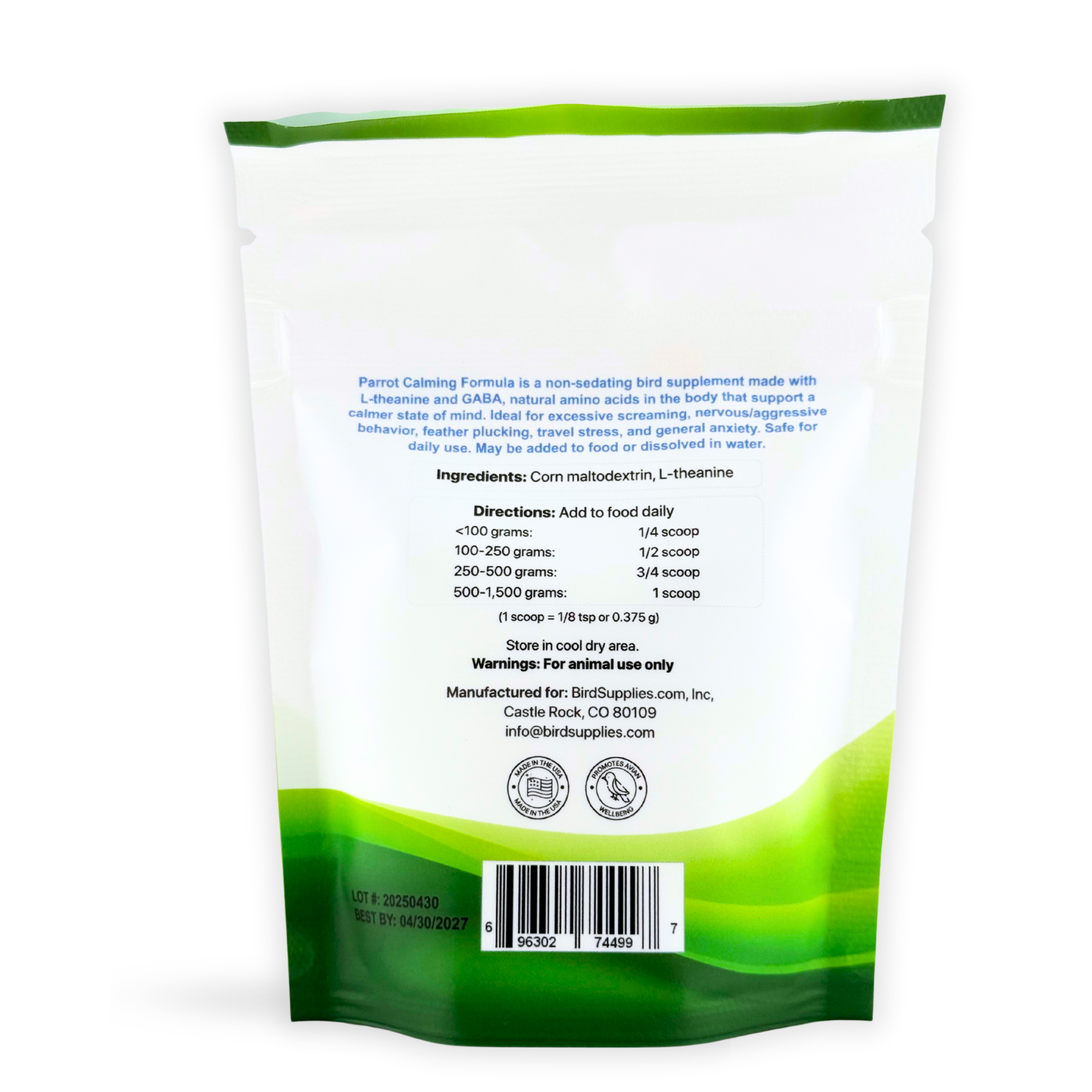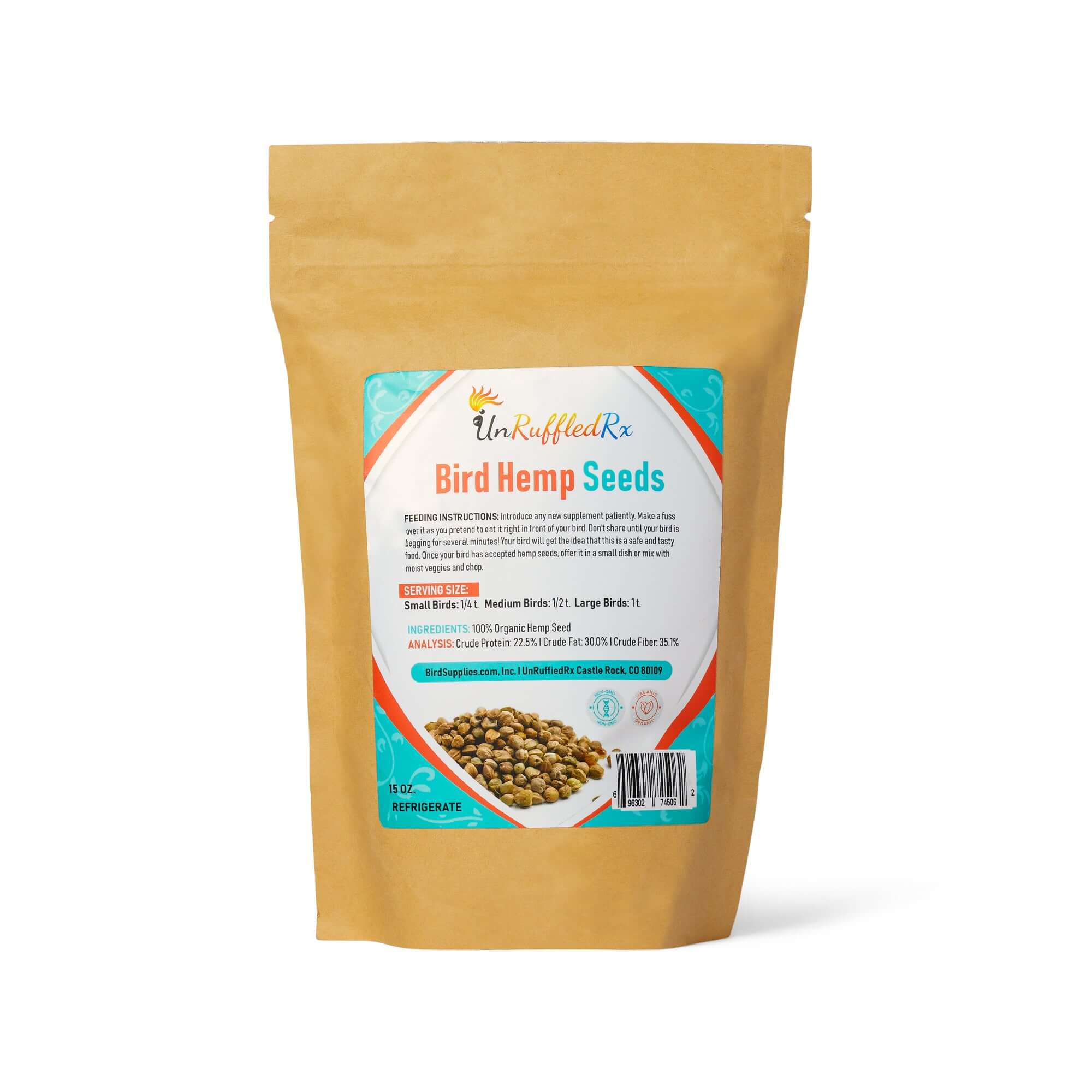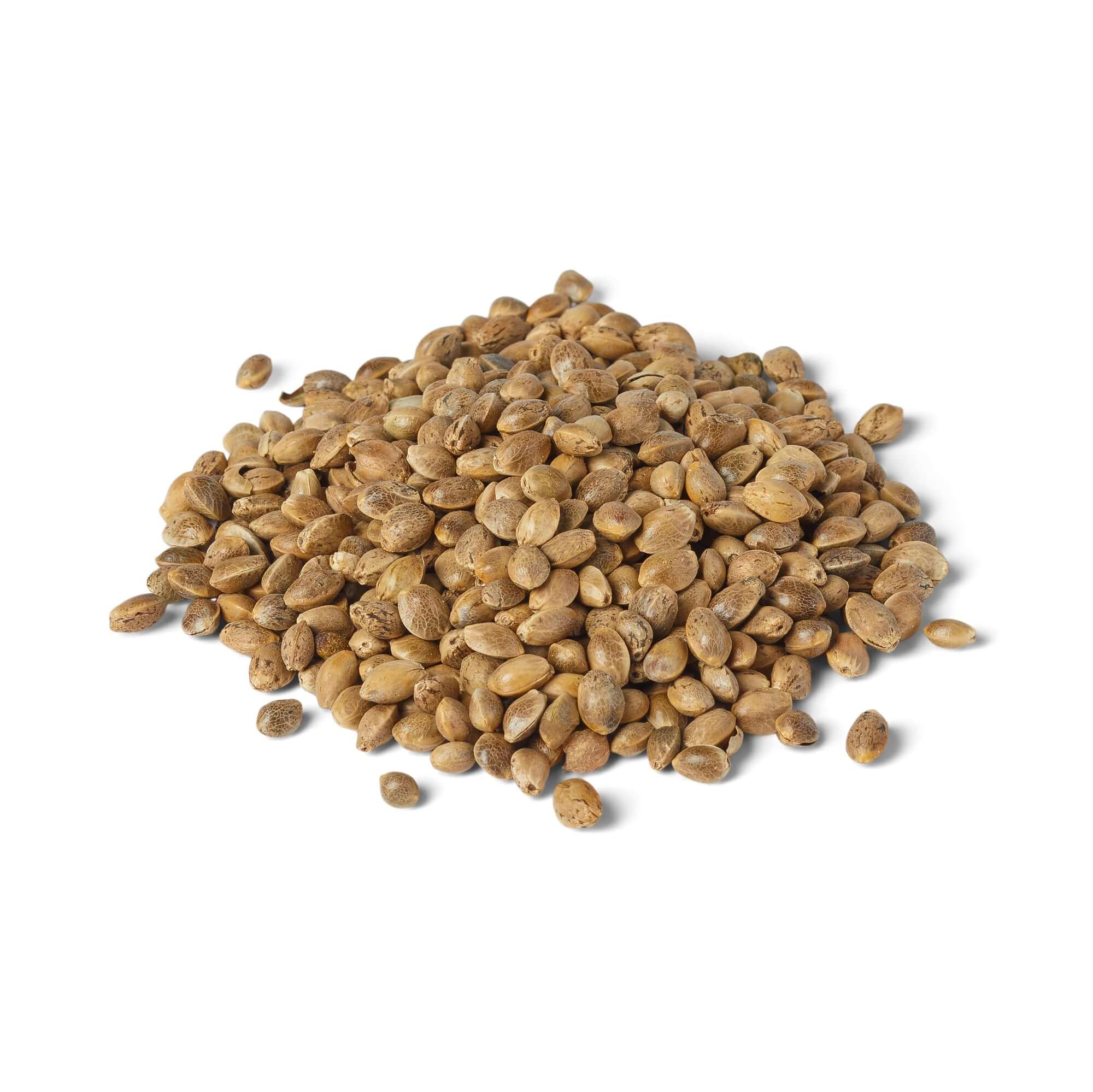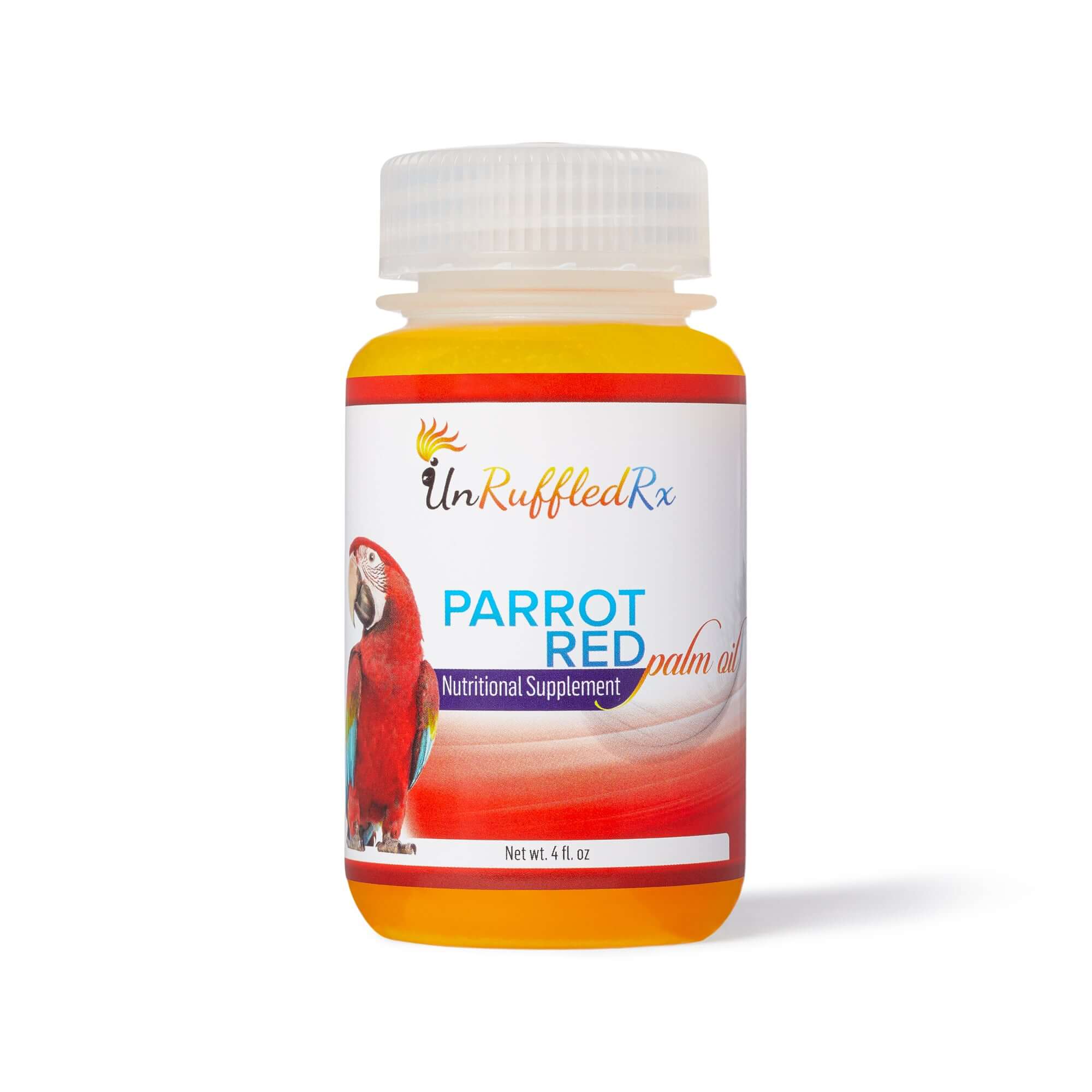Table Of Contents
A few years back, when I first brought home my feathered friend, I learned a crucial lesson about parrot foot care the hard way. In an attempt to trim my bird's nails myself using a Dremel tool, things quickly went awry. My parrot, sensing something was up, clenched his toes so tightly that it became a challenge to maneuver the sander safely. Tragically, the tool slipped, leaving a deep cut on his delicate foot. Despite my efforts to clean and treat the wound, it soon became infected, leading to a stressful ordeal for both of us.
That experience taught me an invaluable lesson about the importance of proper parrot foot care. Parrots spend the entirety of their lives on their feet, often perched on surfaces that may not be the epitome of cleanliness. As pet owners, it's our responsibility to ensure their feet remain healthy and free from harm by practicing good hygiene and providing suitable perching environments.
Why is it important to make foot care part of your routine grooming in the first place?
Why is foot care crucial for your parrot? Because birds are always on their feet. Each foot is a marvel of nature, equipped with 14 joints and muscles, enabling parrots to climb, perch, and even manipulate objects with their zygodactyl feet. These feet are not just for movement; they're essential for foraging too, offering remarkable strength and precision.
Imagine your parrot's foot as a finely tuned instrument, vital for balance, stability, and mobility. From scaling branches to cracking nuts, their feet play a crucial role in daily activities. Prioritizing foot care isn't just about trimming nails or preventing infections—it's about ensuring your parrot's joy and well-being. By nurturing healthy feet, you're enhancing their overall quality of life.
How do you take care of bird feet?
Caring for your parrot's feet is essential to their well-being, considering they spend most of their lives perched. Here's a simple guide to keeping your feathered friend's feet healthy and happy:
-
Regular Nail Trimming: Trim your parrot's nails every few weeks to prevent overgrowth, which can lead to discomfort or even injury. Be cautious not to cut into the quick, and consider using a Dremel tool or clippers designed specifically for birds. Seek professional help to show you exactly how to do it.
-
Variety of Perches: Offer a variety of perches with different textures and diameters to exercise your parrot's feet and prevent issues like bumblefoot. Natural wood perches and rope perches are excellent choices for promoting foot health. Wash the perches weekly with hot soapy water.
-
Clean Environment: Regularly clean and sanitize your parrot's cage, perches, and accessories to prevent the buildup of bacteria and fungi, which can lead to infections. Additionally, provide opportunities for your parrot to bathe or splash in shallow water to keep their feet clean.
-
Monitor Foot Health: Keep an eye on your parrot's feet for any signs of redness, swelling, or abnormalities. If you notice anything unusual, consult with an avian veterinarian promptly for proper diagnosis and treatment.
By following these simple steps, you can ensure that your parrot's feet remain in tip-top shape, allowing them to enjoy a happy and healthy life by your side.
What can I put on my parrot's feet for dryness or irritation?
When considering moisturizing your parrot's feet, it's crucial to note that despite their naturally scaly texture, they can still suffer from dryness. Avoiding petroleum-based products is advisable, as these can be harmful to your pet. Additionally, steer clear of concrete perches, which can exacerbate dryness and discomfort. Opt instead for natural remedies such as coconut oil or vitamin E oil for safe and effective moisturization. These natural oils can be gently massaged into your parrot's feet to soften and hydrate them without any adverse effects.
For added convenience and efficacy, consider using Feathersoft Spray, a specially formulated product designed to lock in moisture and promote healthy feet. This natural alternative provides an easy and effective way to maintain your parrot's foot health without resorting to harsh chemicals. By prioritizing proper foot care and utilizing gentle, natural products, you can ensure that your parrot's feet remain comfortable and well-nourished for optimal health and happiness.
What are some common foot ailments in parrots, and how can they be treated?
Just like us, parrots can experience various foot ailments that may affect their mobility and overall well-being. Understanding these common conditions and their treatments is essential for providing the best care for your feathered friend's feet.
show a chart
what
fungal or bacterial
treatment
What are some common foot ailments in parrots, and how can they be treated?
Just like us, parrots can experience various foot ailments that may affect their mobility and overall well-being. Understanding these common conditions and their treatments is essential for providing the best care for your feathered friend's feet.
| Ailment | Suggested Treatment | Veterinary Care Advised? |
|---|---|---|
| Bumblefoot | Keep the affected area clean, provide soft perches, and administer antibiotics if necessary. | Yes, especially for severe cases. |
| Foot infections | Clean the affected area, apply antiseptic, and monitor for improvement. Consult a vet for severe infections. | Yes, for severe or persistent infections. |
| Gout | Provide a low-protein diet, increase water intake, and administer medication as prescribed by a vet. | Yes, veterinary intervention is necessary. |
| Arthritis | Ensure comfortable perches, provide supplements like glucosamine, and offer pain management medications under vet guidance. | Yes, especially for advanced cases. |
| Fractures | Immobilize the affected foot, provide a safe environment, and seek immediate veterinary attention. | Yes, immediate veterinary care is essential. |
How do you treat a cut on a parrot's foot?
Accidents happen, and knowing how to care for a cut on your parrot's foot is essential for ensuring their well-being and promoting speedy recovery.
-
Assess the Wound: First, carefully examine the cut to determine its severity. If it's a minor abrasion or a small cut, you may be able to manage it at home. However, if it's deep, bleeding heavily, or shows signs of infection, seek veterinary attention immediately.
-
Clean the Wound: Gently clean the cut with a mild antiseptic solution or saline solution to remove any dirt, debris, or bacteria. Use a clean cotton ball or gauze pad and avoid using harsh chemicals that could irritate the wound further.
-
Apply Antiseptic: After cleaning the wound, apply a thin layer of antiseptic ointment to help prevent infection. Be sure to use a product that is safe for birds and follow the manufacturer's instructions carefully.
-
Protect the Area: Depending on the location and size of the cut, you may need to protect it from further injury. Consider placing a small bandage or protective covering over the wound, being careful not to wrap it too tightly or restrict circulation.
-
Monitor for Infection: Keep a close eye on the cut for any signs of infection, such as redness, swelling, or discharge. If you notice any concerning symptoms or if the cut doesn't seem to be healing properly, consult with a veterinarian promptly.
-
Minimize Activity: Encourage your parrot to rest and avoid putting pressure on the injured foot. Provide a comfortable and quiet environment to promote healing and reduce the risk of further injury.
-
Follow-Up Care: Continue to monitor the cut regularly and provide ongoing care as needed. Replace bandages or dressings as necessary and consult with your veterinarian if you have any concerns or if the wound doesn't improve within a few days.
By following these steps and providing proper care for your parrot's cut foot, you can help promote healing and prevent complications. However, always prioritize your parrot's safety and well-being, and don't hesitate to seek professional veterinary assistance if needed.
When should I consider taking my parrot to the vet for foot-related issues?
If you notice a cut on your bird's foot, it's crucial to monitor it closely for signs of infection. Birds are masters at hiding illness, so any changes in behavior or appearance should be taken seriously. If the cut shows signs of infection such as redness, swelling, discharge, or if your bird's foot feels unusually warm to the touch, it's best to consult with a veterinarian promptly. Infections can spread quickly in birds, and early intervention is key to preventing complications and ensuring your bird's health and well-being.
Related Posts:
Why is my bird biting its feet?
Essentials for choosing the best perch for your feathered friends foot health
Bird nail clipping: Essentials for keeping your feathered friends feet happy
What is bird arthritis and how does it affect birds?
References:
Bumblefoot in parrots
Using your bird's feet as a diagnotic tool
Merck Veterinary Manual. (n.d.). Geriatric Diseases of Pet Birds
Avian Arthritis
Animal Health Foundation. (2012, November 14). Birds can get arthritis too. Animal Health Foundation. https://www.animalhealthfoundation.org/blog/2012/11/birds-can-get-arthritis-too/
Link to this blog
Diane Burroughs, LCSW is a licensed psychotherapist trained in ABA therapy techniques. She specializes in avian anxiety disorders and is certified in Nutrition For Mental Health. Diane has written a number of bird behavior books and she offers behavior consultations. She's developed a range of UnRuffledRx Science-backed Parrot Wellness Supplies.
Diane's products have been featured in the Journal of Avian Medicine and Surgery and at Exoticscon, a conference for exotic pet veterinarians. Her bird collars & supplements are stocked in avian vet clinics and bird stores throughout the US. With over 30 years in the field of behavior, Diane has created thousands of successful individualized behavior plans that help pets thrive.
TAGS: #BirdFoot #ParrotFoot #BirdFeet #ParrotFeet
SHARING IS CARING! PLEASE SHARE ON YOUR FAVORITE SOCIAL MEDIA NOW!






